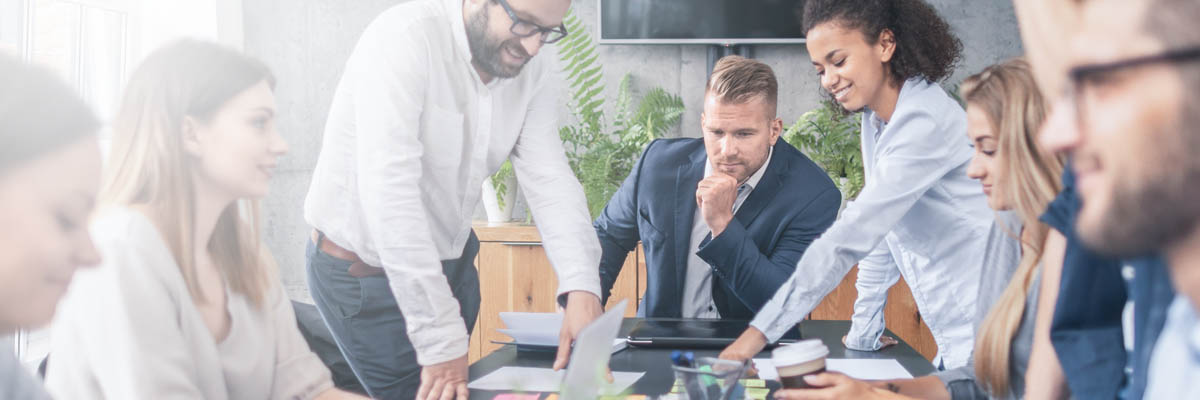Find the latest news from the Office of Accessibility. Once a month we will bring you tips, articles, and ways to learn more about digital accessibility. Want an easier way to stay informed? Subscribe to the Accessibility Newsletter!
The Most Important Part of Digital Accessibility
10/18/2018 12:00:00 AM

This year’s National Disability Employment Awareness Month (NDEAM) theme is “America’s Workforce: Empowering All.” People are the reason we have an accessibility law, /mnit/government/policies/accessibility/index.jspstandard, and an /mnit/about-mnit/accessibility/index.jspOffice of Accessibility in Minnesota. Everyone should be able to participate in all that state government offers, including:
And, people ensure everyone is able to participate. Thank you to all the state employees who work hard to make our documents, websites, applications, and communications accessible to both our employees and the public.
To highlight the impact of this work, we asked state employees to share with us what makes digital information more accessible for them. One individual identified critical needs that are often overlooked. They said they find things more accessible that are “easy to navigate and not complicated. Pictures, colors, quotes, caption, videos, etc. are all a plus!” This response may surprise some people, because often discussions about accessibility focus on satisfying a single need. For example, the needs of people who cannot see or those who cannot hear. In the past, such perceptions have led website creators to create text-only versions of their sites as a way to “solve” accessibility.
The /mnit/government/policies/accessibility/index.jspState of Minnesota Accessibility Standard addresses the needs of all users, which includes those who may have learning disabilities, memory challenges, and difficulties processing information. We want to use pictures because they benefit many people. But we also want to be sure that those who cannot see them get the information through alternative text. We need to think about using color the same way. Do use color, just make sure it is not the only way the information is communicated.
Before you say “I’m never going to get this” remember: having a person in mind as you think through each of the different people that may use your document or website can be very helpful. Some call this “personas.” Imagine a person who cannot see the screen. Imagine another person who can see, but has difficulty moving a mouse. Then imagine a third person who does not hear the audio in your video. And thanks to the employee that contributed to this article, imagine the person who says:
“Communication is huge! For instance, I am a visual and verbal (auditory) learner. If I can view and listen to a demonstration or lesson (without any distractions!), then I am able to retain all the information much more effectively. Although it is not always possible, it is my ideal structure conducive to effective training/learning.”
“Minnesotan” applies to all citizens, regardless of whether or not they have a disability. As we work toward empowering all, it always comes back to the most important part, the people.
Would you like to learn more about the accessibility work being done by Minnesota IT Services and the State of Minnesota? Once a month we will bring you more tips, articles, and ways to learn more about digital accessibility.
Accessibility